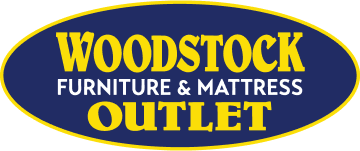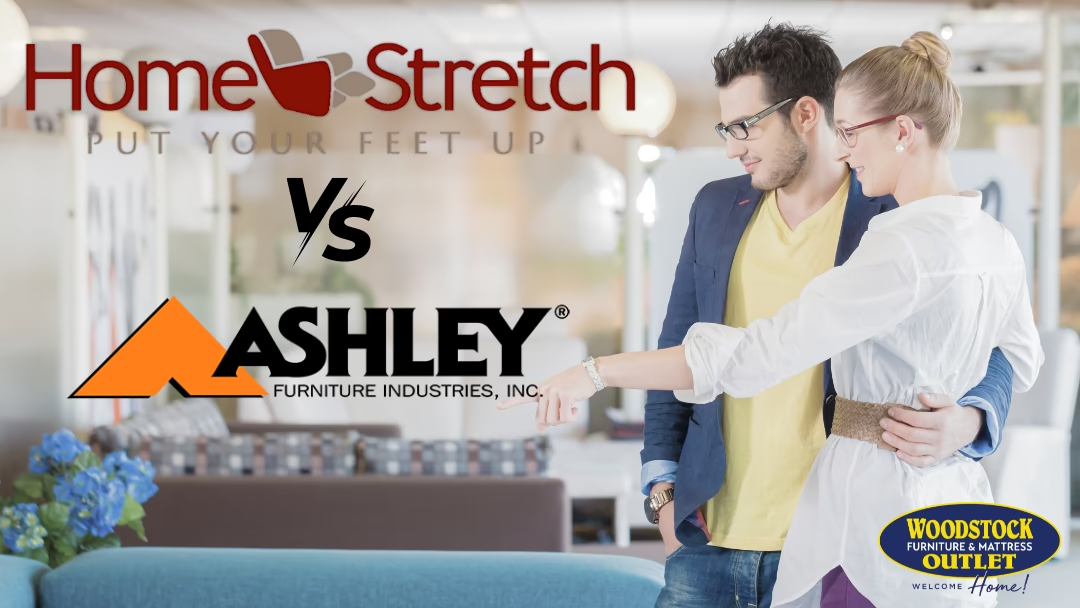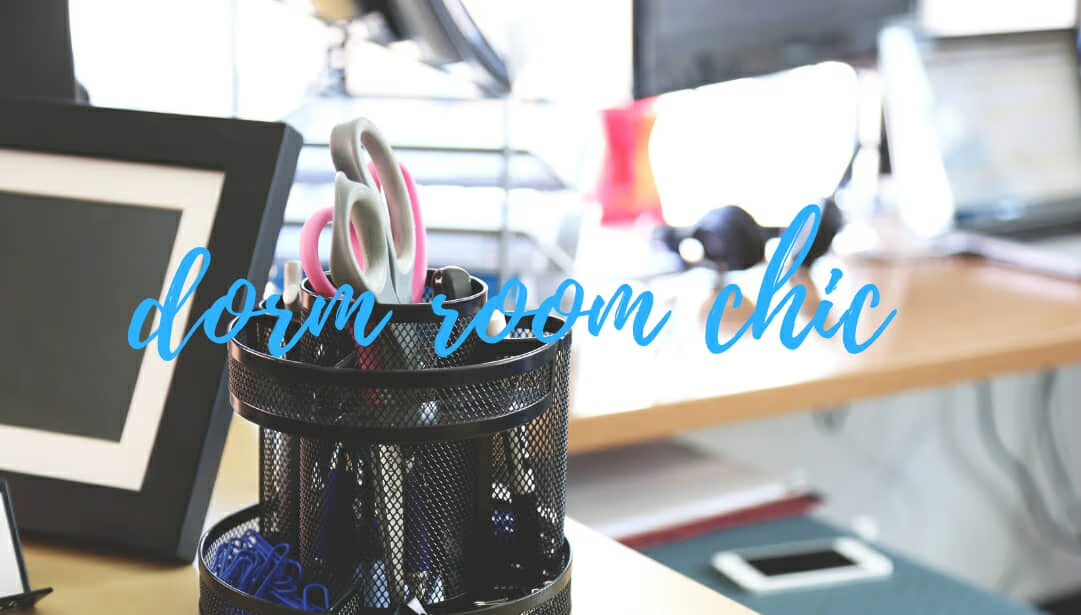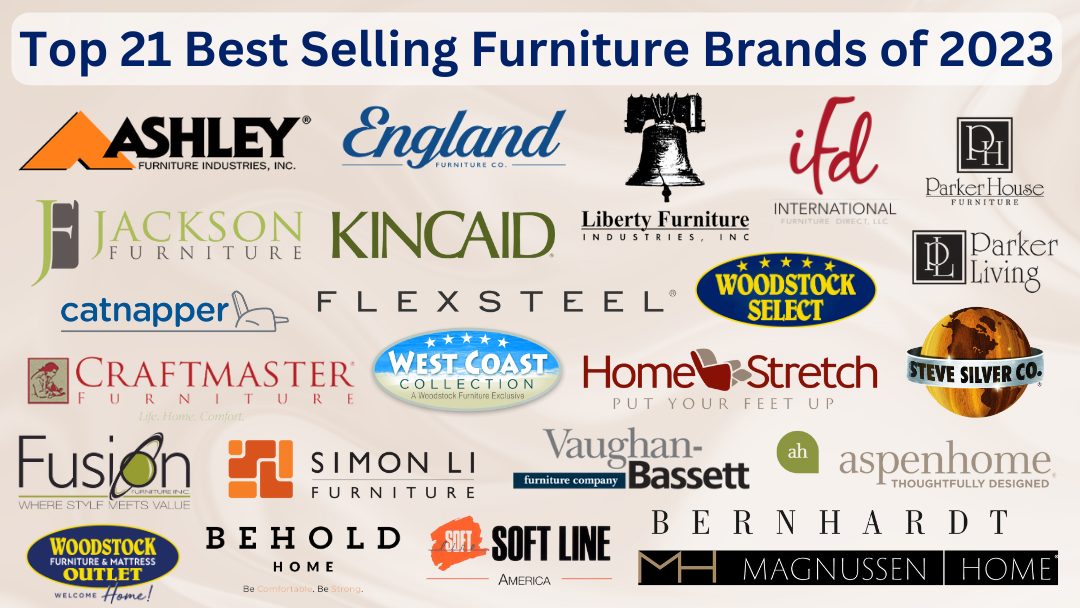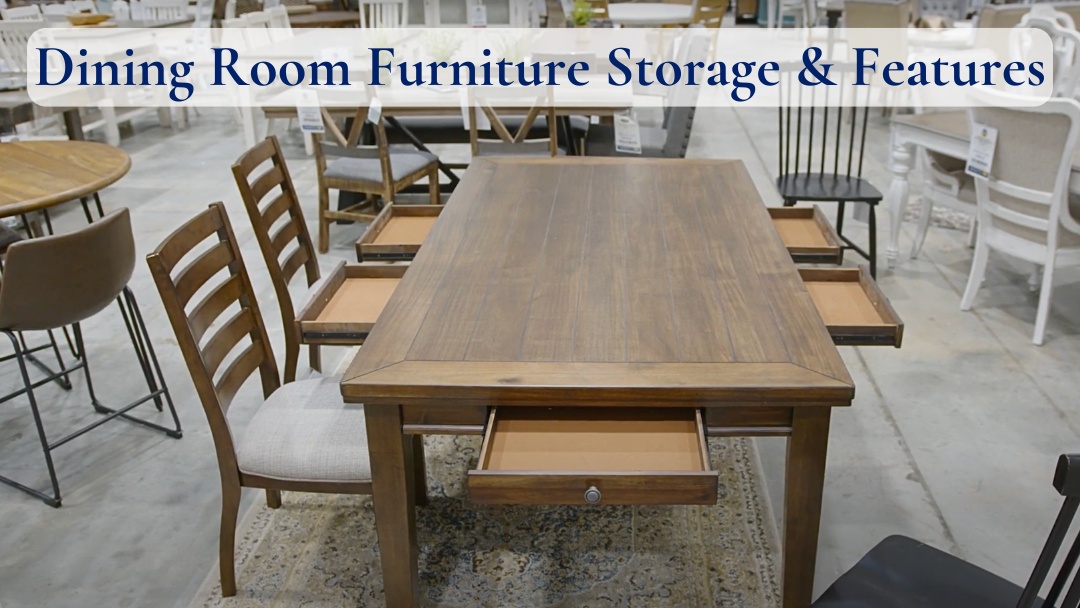Are you familiar with bonded leather? Do you own a bonded leather sofa, loveseat or chair – or have you owned one in the past? If you’ve had past experience with bonded leather, you’ll likely find yourself nodding along as you read. If you’ve never had a negative bonded leather experience, count your blessings and consider this to be a cautionary tale.
Even though we haven’t sold bonded leather seating for some time, we mulled this topic over for quite awhile. Not because we were afraid to talk about bonded leather, but because we weren’t sure if we still needed to. After all, “bonded leather” has become a radioactive term within the furniture industry. As a result, most furniture retailers no longer want to be associated with it. And for good reason. We’ll get into those below.
However, there’s still a great deal of confusion out there about this topic. For instance, shoppers who are reluctant to consider real leather because they’d had a bad experience with bonded leather once-upon-a-time. Since furniture shoppers still frequently ask our experts questions about bonded leather upholstery on a regular basis, we figured it was time to address these misconceptions and FAQs. Read on for everything you should know about bonded leather and why it has fallen out of favor in our industry.
The Basics: Bonded Leather FAQs
Before we dive deeper into the issues with bonded leather and our industry’s history with it, let’s review a few key questions that we hear from furniture shoppers on a daily basis.
Is Bonded Leather Real Leather?
This question is understandable. After all, the word “leather” is in the name, right? However, while there are small amounts of actual leather involved in constructing bonded leather, we must emphasize that bonded leather is not real leather.

Okay, So What Is Bonded Leather?
Bonded leather is an artificial, mostly synthetic, upholstery material made by bonding leather scraps, fibers and shavings to a substrate or backing material. Typically, these leather scraps are shredded and mixed with a polyurethane or latex resin before being adhered to the backing fabric.
Is It True? Does Bonded Leather Peel?
Yes, and frankly, this point cannot be overstated. Bonded leather has a well-earned reputation for peeling and flaking. A hallmark of bonded leather furniture is that it may appear, feel, and perform as expected for a time – before it begins to delaminate catastrophically. Depending on the frequency and manner of use, the time between purchase and delamination can be rather short. And once it begins to peel, it is incredibly hard to stop.
Bubbling or lifting of the top layer will often begin wherever skin or hair regularly comes in contact with the bonded leather, typically the sofa or chair arms and headrests. This happens because bonded leather isn’t very breathable, so sweat and body oils from your skin (along with any other moisture) can be absorbed and trapped between the “leather” and the underlying substrate fabric. Eventually, this causes the top layer to flake and peel off over time.
Do Y’all Have Any Bonded Leather Furniture? Why Not?

For the reasons above, we stopped selling bonded leather furniture here at Woodstock Furniture & Mattress Outlet years ago. However, we feel that it’s important for consumers to hear the truth from furniture retailers themselves. While it can seem like you’re getting a great deal with an inexpensive bonded leather sectional, sofa, loveseat or chair, these products can sometimes begin to fall apart in as little as a year or two of typical use.
A Brief History of Bonded Leather Furniture
For as long as humans have been making leather goods, there have been leftover scraps. Instead of throwing these scraps away, why not do something with them, right? Bonded leather was born out of this desire to recycle this otherwise wasted leather into something that could be useful. As a result, folks first began experimenting with this process as early as the 1800s. However, it wasn’t until the 1960s that what we know as modern bonded leather truly gained popularity.

At first, bonded leather was used only for crafting small leather goods, including book bindings, clothing, accessories, and household items. However, due to improvements in technology, by the mid-2000s, bonded leather came to be seen as a viable upholstery option. At the time, there was an ever-growing demand for leather alternatives that were more affordable than real leather. Bonded leather seemingly fit the bill, as it offered consumers the relative look and feel of leather upholstery for a substantially lower cost.
As shown in this 2011 article in the industry publication Furniture Today, most of the furniture industry was enthusiastically all-aboard with bonded leather. Pretty much everyone made it and sold it. Bonded leather upholstery was making waves, and for some retailers, bonded leather sales were surpassing those of their genuine leather products. So, what happened?
Why Bonded Leather Fell Out of Favor with Furniture Makers & Retailers
Bonded leather sold so well initially, that there were suddenly millions of new bonded furniture owners in just a few short years. However, because bonded leather was new to the industry, furniture manufacturers had very little data on one critical area — durability.

As a result, a significant number of these new bonded leather furniture owners were understandably upset when their new sofas started peeling within a couple years of buying them. For a comparison, sales data shows us that most people keep their sofas for about 7 years or so before replacing them. But sofas and other upholstery can last much longer than that depending on the build quality and how it’s used.
As you can imagine, upholstered seating lasting just a couple years presents furniture businesses with a massive customer service problem, not to mention the ethical implications that come with selling faulty products. Backlash from consumers was swift. Barely a decade after taking the industry by storm, bonded leather upholstery had worn out its welcome with most retailers and manufacturers.
While bonded leather was marketed as an affordable, quality, entry-level alternative to real leather, some things are just too good to be true. Ultimately, consumer concerns about bonded leather along with advancements in alternative leathers have largely made bonded leather upholstery a thing of the past. As consumers have become more educated about the quality of materials being used in the products they buy, manufacturers have positively responded by meeting these demands for higher quality materials in their furniture – and that’s truly great news for consumers.
Looking for Real Leather Upholstery or Leather Upholstery Alternatives?
But what about those shoppers in the target market for bonded leather furniture? For our customers looking for leather upholstered seating at a bargain price, there are several things we recommend instead of bonded leather.
First, we recommend PU leather upholstery over bonded leather. PU leather, or polyurethane leather, is an entirely artificial, vegan leather. It is far more durable and breathable than bonded leather, and is resistant to cracking and peeling. It’s also more affordable than real leather.
Second, if looking only for real leather, we recommend spending a little more for a mid-grade corrected or pigmented leather. Lots of leather seating in this range is available with leather-match on the sides and back, which makes it quite affordable for leather upholstery.
Here at Woodstock Furniture & Mattress Outlet, we carry leather upholstery of all grades and finishes, as well as a number of sectionals, sofas, loveseats, chairs and recliners in high quality PU leathers. If you’re in North Georgia or the metro Atlanta area, we hope you’ll pay us a visit at our furniture stores in Acworth, Dallas/Hiram and Rome. See you soon!
